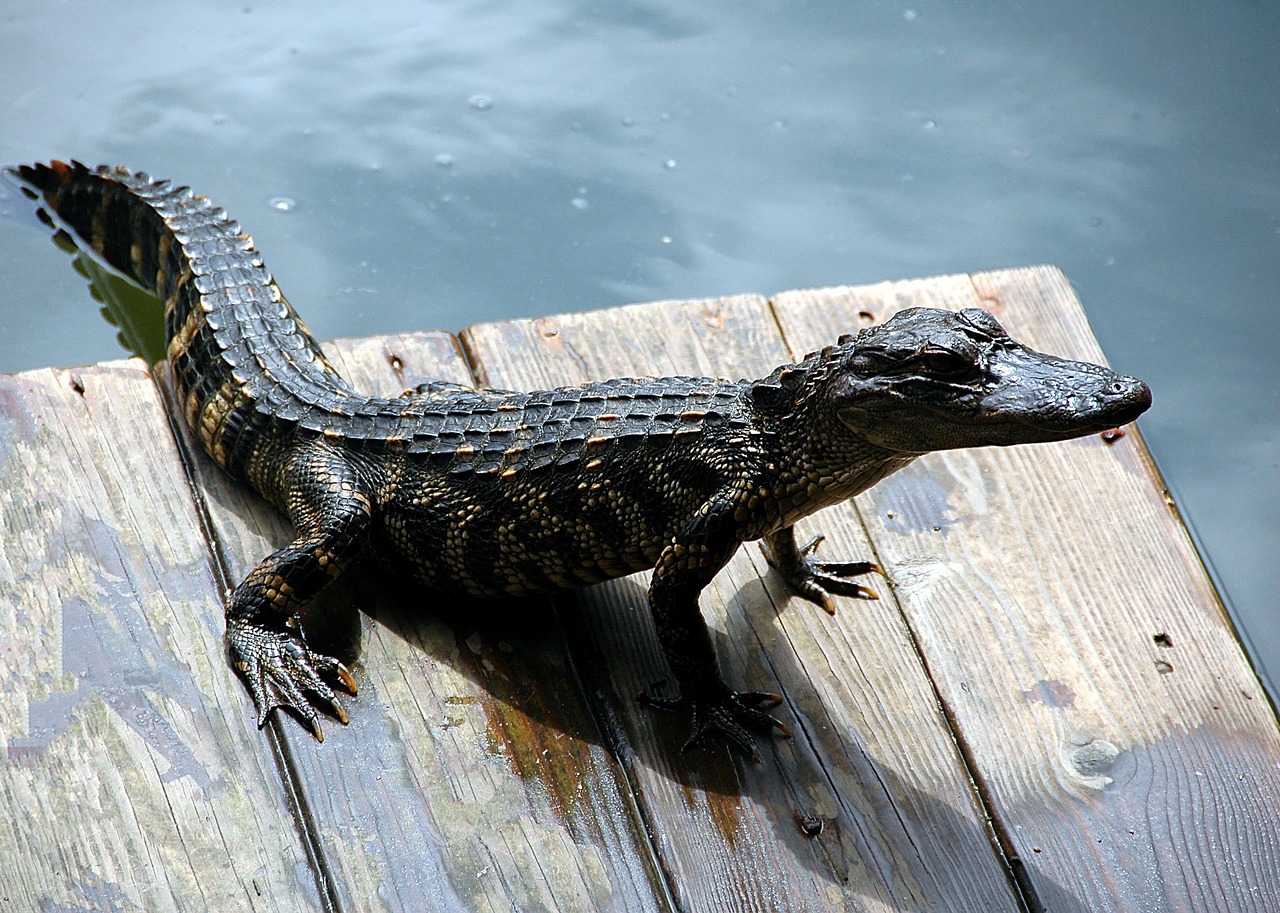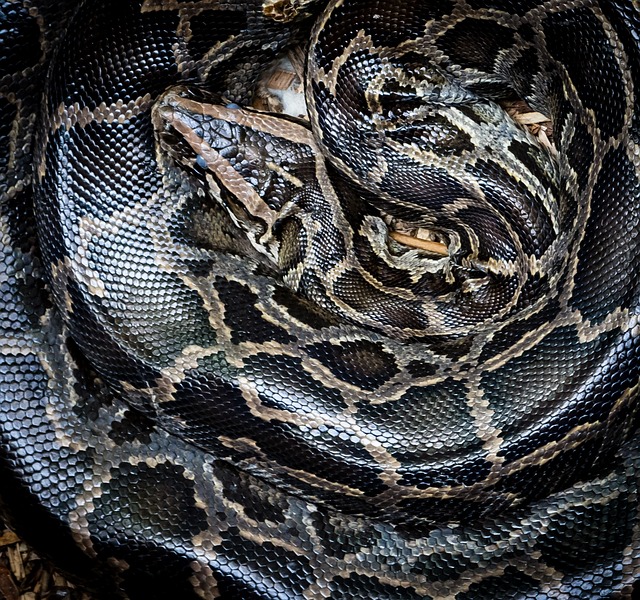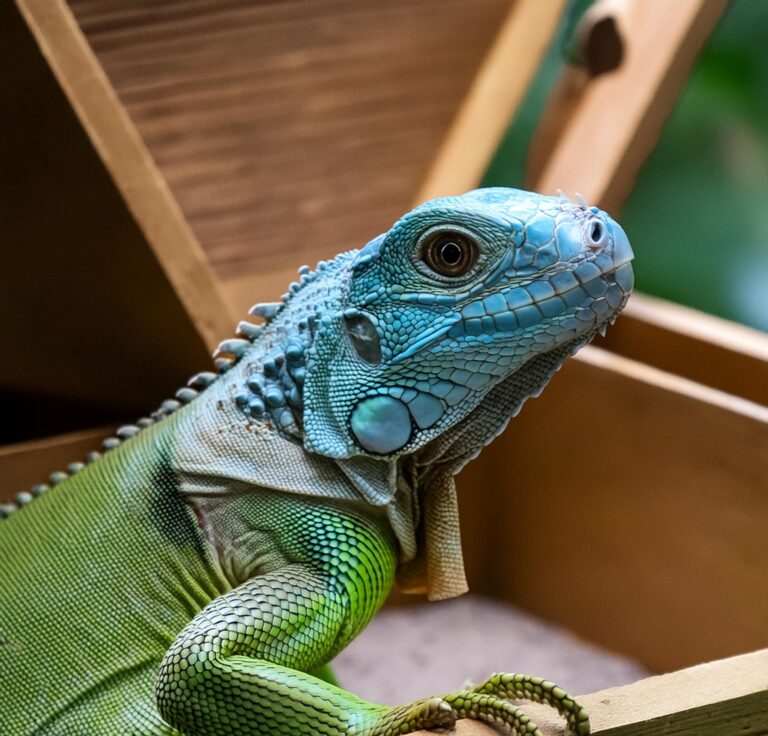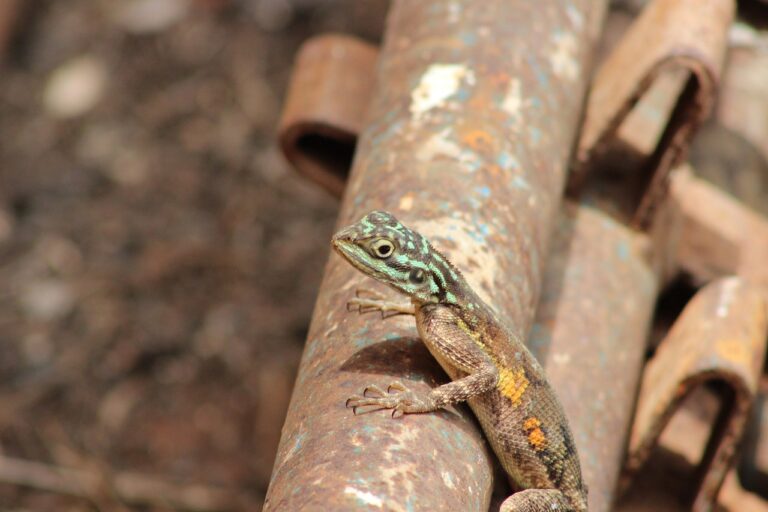Unraveling the Mystery: Can Reptiles Get Rabies?
When it comes to rabies, most people associate it with warm-blooded creatures like dogs, bats, and raccoons. But what about reptiles? Can these cold-blooded creatures also contract rabies? Join us as we delve into the world of reptiles and uncover whether they can be carriers of this deadly virus.
What is rabies?
Rabies is a viral disease that affects the nervous system of mammals. It is caused by the Rabies virus, which is typically transmitted through the bite of an infected animal. Once the virus enters the body, it travels through the nerves to the brain, causing inflammation and ultimately leading to death if left untreated. Rabies is a zoonotic disease, meaning it can be transmitted from animals to humans.
Rabies is most commonly associated with warm-blooded mammals such as dogs, cats, bats, and raccoons. These animals are known to carry and spread the virus, posing a risk to both humans and other animals. However, the picture is less clear when it comes to reptiles. With their unique physiology and immune system, can reptiles become infected with and transmit rabies?
Can reptiles get rabies?
The susceptibility of reptiles to rabies is a topic that has been debated among experts. While there have been documented cases of reptiles testing positive for the presence of the Rabies virus, it is still unclear whether they can develop clinical signs of the disease or transmit it to other animals or humans.
One reason for the uncertainty surrounding reptile susceptibility to rabies is their unique physiology. Reptiles have a lower body temperature compared to mammals, which may affect the replication and spread of the virus within their bodies. Additionally, reptiles have a different immune system compared to mammals, which may play a role in their ability to fight off the virus.

Understanding the transmission of rabies
To understand whether reptiles can transmit rabies, it is important to consider how the virus is typically transmitted. Rabies is primarily spread through the bite of an infected animal, as the virus is present in the saliva of infected individuals. When an infected animal bites another animal or human, the virus can enter the bloodstream and travel to the nervous system, leading to the development of rabies.
In the case of reptiles, there is limited evidence to suggest that they can transmit rabies through bites. While some studies have detected the presence of the Rabies virus in the saliva of infected reptiles, there have been no documented cases of reptile-to-human or reptile-to-animal transmission.
Reptile species that are susceptible to rabies
While reptiles as a whole may not be highly susceptible to rabies, there are certain species that have been found to carry the virus. One such example is the common vampire bat (Desmodus rotundus), which is known to feed on the blood of reptiles. Studies have shown that vampire bats can transmit the Rabies virus to reptiles, potentially leading to the development of rabies in these animals.
It is important to note, however, that the risk of reptile-to-human transmission of rabies is extremely low. As mentioned earlier, there have been no documented cases of reptiles transmitting rabies to humans. The primary concern when it comes to rabies transmission is the interaction between infected mammals and humans or other animals.
Signs and symptoms of rabies in reptiles
While there is limited information regarding the clinical signs of rabies in reptiles, there have been reports of infected reptiles exhibiting neurological symptoms such as disorientation, circling behavior, and seizures. These symptoms are similar to those seen in mammals infected with the virus.
It is worth noting that these symptoms may not be exclusive to rabies and can also be indicative of other health issues in reptiles. Proper diagnosis of rabies in reptiles requires laboratory testing to confirm the presence of the virus.
How to prevent rabies in reptiles
Preventing rabies in reptiles is similar to preventing the disease in mammals. The most effective way to protect reptiles from rabies is to minimize their exposure to potentially infected animals. This can be achieved by keeping reptiles indoors or in secure enclosures, away from wildlife.
Additionally, practicing good hygiene and following proper handling procedures can help reduce the risk of transmission. It is important to wash hands thoroughly after handling reptiles and to avoid contact with their saliva or bodily fluids.
Rabies vaccination for reptiles
While rabies vaccinations are commonly administered to dogs, cats, and other mammals, the use of vaccines for reptiles is still a topic of debate. Currently, there is no approved rabies vaccine specifically designed for reptiles. However, some veterinarians may recommend off-label use of a rabies vaccine approved for use in other animals.
It is important to consult with a veterinarian experienced in reptile medicine to determine the best course of action when it comes to rabies vaccination for reptiles. They can provide guidance based on the specific needs of the reptile and the risk of exposure to the virus.
Myths and misconceptions about reptiles and rabies
There are several myths and misconceptions surrounding reptiles and their ability to contract and transmit rabies. One common misconception is that all reptiles are carriers of the virus. As discussed earlier, while there have been documented cases of reptiles testing positive for the presence of the Rabies virus, they may not necessarily develop clinical signs of the disease or transmit it to other animals or humans.
Another myth is that all reptiles pose a threat when it comes to rabies transmission. As mentioned earlier, the primary concern for rabies transmission is the interaction between infected mammals and humans or other animals. The risk of reptile-to-human transmission of rabies is extremely low, and responsible pet ownership practices can further minimize this risk.
The importance of responsible pet ownership for reptiles
Responsible pet ownership plays a crucial role in preventing the spread of rabies and ensuring the health and well-being of reptiles. This includes providing proper housing, nutrition, and veterinary care for reptiles, as well as following appropriate handling and hygiene practices.
It is also important to educate oneself about the specific needs and behaviors of the reptile species kept as pets. Understanding the natural behavior and biology of reptiles can help mitigate any potential risks associated with their ownership.
Conclusion
In conclusion, the question of whether reptiles can get rabies remains somewhat of a mystery. While there have been cases of reptiles testing positive for the presence of the Rabies virus, it is still unclear whether they can develop clinical signs of the disease or transmit it to other animals or humans. The risk of reptile-to-human transmission of rabies is extremely low, and responsible pet ownership practices can further minimize this risk.
If you are a reptile owner, it is important to consult with a veterinarian experienced in reptile medicine to ensure the health and well-being of your pet. By following proper hygiene practices, minimizing exposure to potentially infected animals, and providing appropriate veterinary care, you can help keep your reptile safe and healthy.
Remember, when it comes to rabies prevention, knowledge is key. Stay informed, practice responsible pet ownership, and continue to unravel the mysteries surrounding rabies and reptiles.
Must Read : How to Address and Treat Your Sugar Glider’s Growing Bald Spot







One Comment